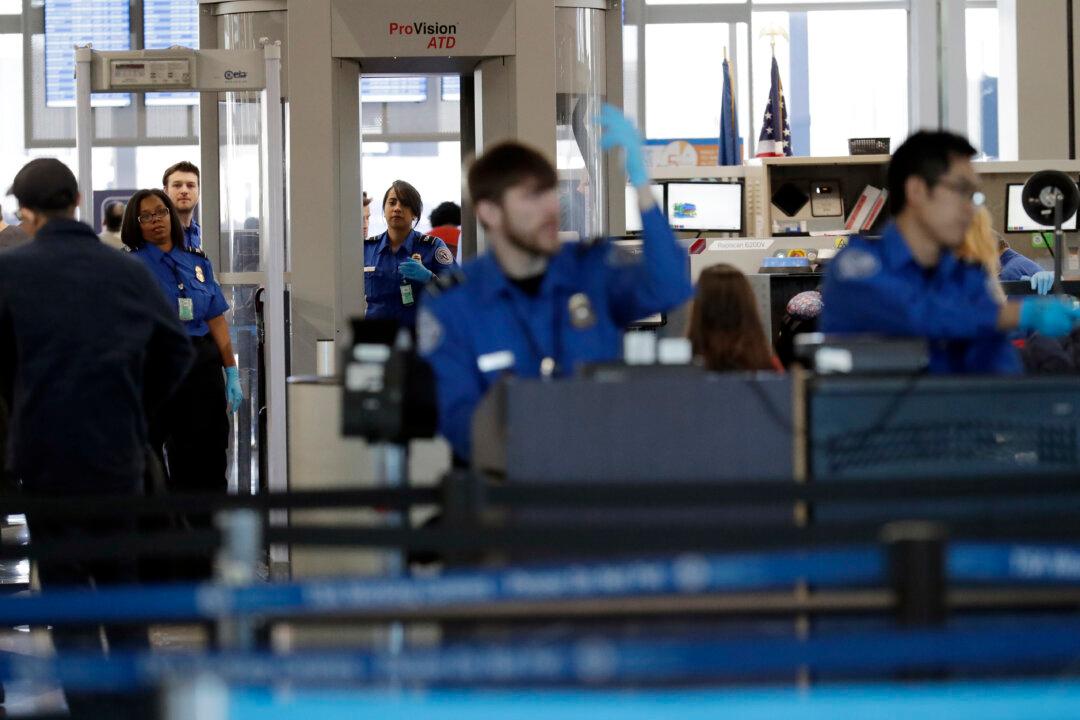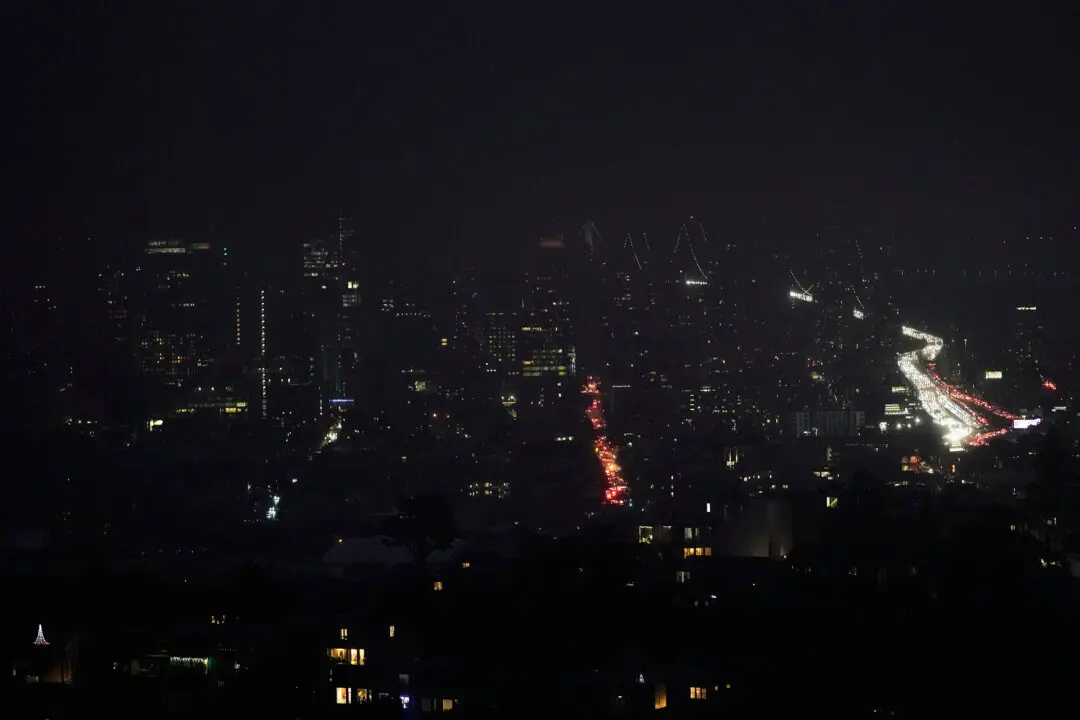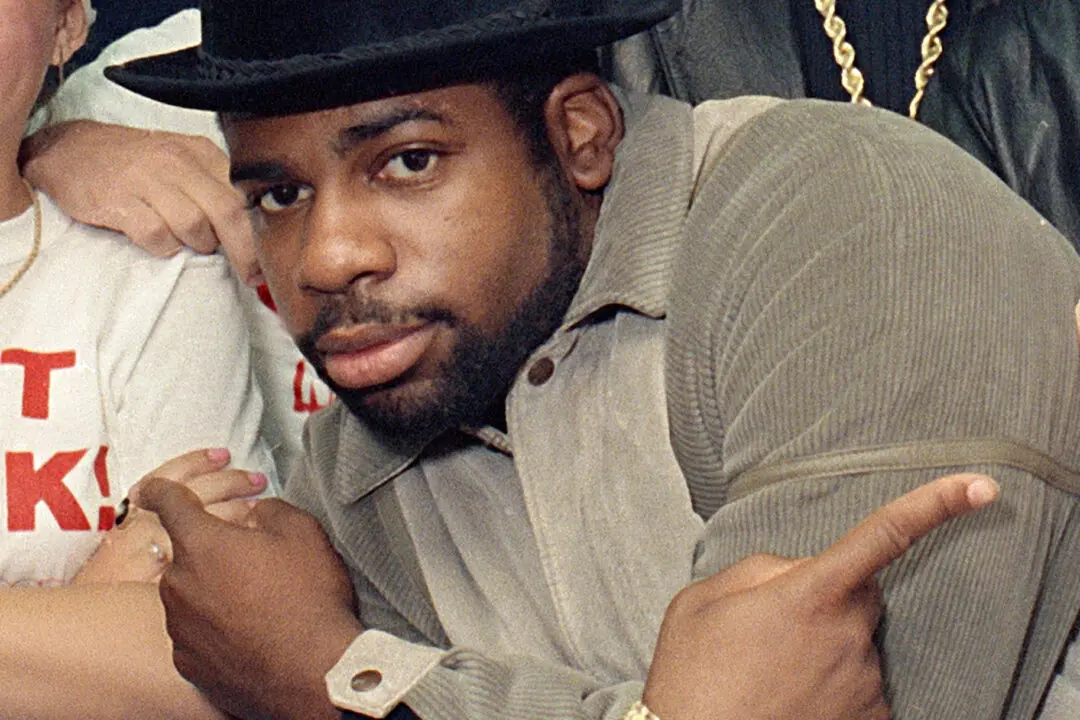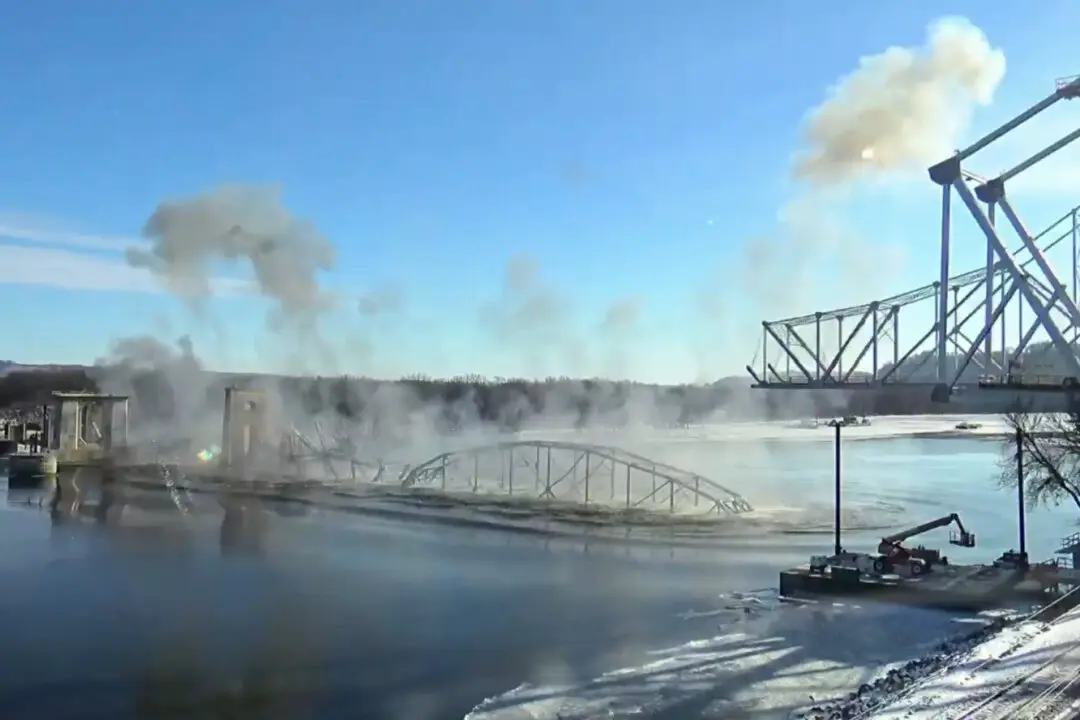The percentage of TSA airport screeners missing work has hit 10 percent as the partial government shutdown stretches into its fifth week.
The Transportation Security Administration said Jan. 21 that the absence rate for Jan. 20 compared to 3.1 percent on the comparable Sunday a year ago.





